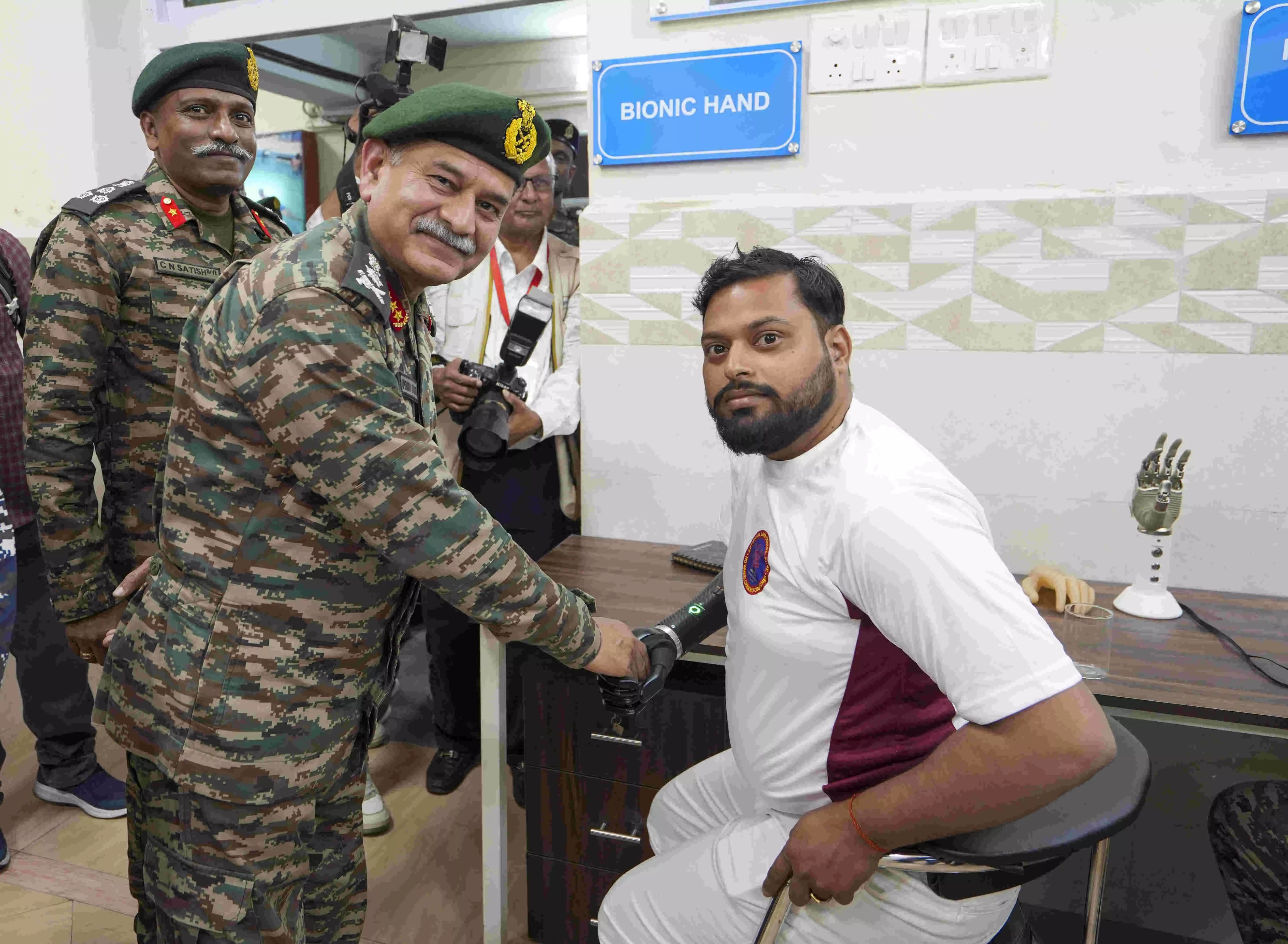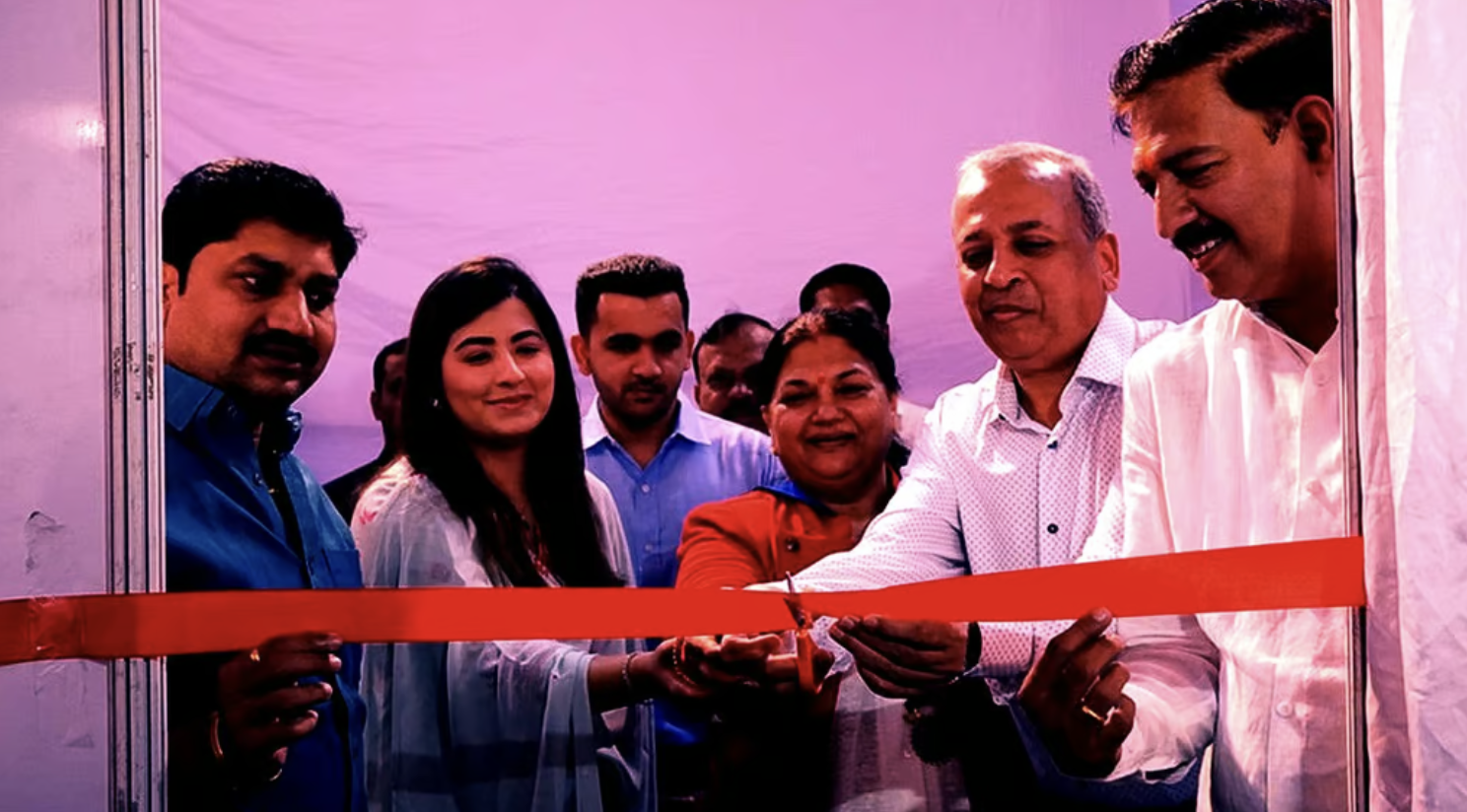Life would not have been easy for Subedar H Hokato Sema had it not been for the prosthetic leg he’s been fitted with. Sema not only jumped back into normal activities but went on to bag a medal at the 2024 Paris Paralympic Games in shot put.
Expressing his gratitude to the Artificial Limb Centre (ALC), Pune, for bringing this unbelievable change into his life, Arjuna Award winner Sema told Pune Times Mirror, “When I first lost my leg in a blast in J-K, I felt my life was over. But at the Artificial Limb Centre in Pune, I didn’t just get a new leg, I found a new life. They didn’t just rebuild my body; they rebuilt my spirit and showed me a champion was still inside me.
“To go from that moment of despair to winning a bronze medal at the 2024 Paris Paralympic Games and receiving the prestigious Arjuna Award is a testament to the fact that every obstacle is an opportunity to prove oneself. From my dream of becoming a paratrooper to the achievements in para athletics, ALC has truly transformed my life.”
ALC’s history
On May 19, 1944, during World War II, ALC was established to provide cutting-edge prosthetic solutions and comprehensive rehabilitation for amputee soldiers of British India. Initially focused on supporting wounded Indian soldiers who had fought alongside the Allied Forces, ALC became a beacon of hope for those in need of prosthetic care.
Over the years, the centre has grown into a leading institution in the fields of prosthetics and orthotics, combining advanced technology with a compassionate, patient-centred approach. Originally serving only military personnel, ALC began extending its services to civilians in 1951 and added a 70-bed civilian wing in 1958. Today, it continues to offer high-quality care, fulfilling its mission to support both civilians and members of the armed forces in their journey toward recovery.
Elucidating the journey of ALC, its Commandant, Brigadier AN Satish, said, “In the early 1920s to 1940s, before ALC was established, patients were sent to civil artificial limb makers; and the cost for an artificially shaped leg was Rs. 115.”
ALC is the oldest limb centre in Asia, modelled after Queen Mary’s Hospital, Roehampton, London. “That is where I and other staff were trained. Initially, we treated only serving soldiers, and as war casualties reduced, we began treating veterans, paramilitary forces, families, and civilians as well,” Brigadier Satish added.
The motto
“Our Motto is ‘No Wheelchairs and Crutches’. We have a patient base of 71,000, with 190 beds dedicated to serving armed forces personnel and civilians. We are affiliated with AFMC as a teaching institute and will soon conduct courses for diplomas in prosthetics. We are the first AMC unit to get an ISO certification.
“In the army medical services, a 3-tier model is followed. Primary care is provided at the site of the injury at the respective military hospital. We have five artificial limb sub-centres. They are located in Chandimandir, Delhi, Lucknow, Guwahati, and Bangalore for basic care. For tertiary treatment, patients are brought to ALC, Pune, which has state-of-the-art facilities. We provide technical advice to AFMC for rehabilitation.”
Brigadier Satish went on to say that rehabilitation is a three-phase activity at the ALC. Skeletal and neurological disabilities, where amputees are fitted, treated, and trained in the usage of artificial limbs. Paraplegics and people with limb weaknesses like polio victims are treated; customised shoes and splints for foot deformities are made, along with cosmetic artificial limbs, walking sticks, and wheelchairs.
“An ALC surgeon conducts amputations and rehab surgeries at the OT. In academics, we conduct research and education programmes, diploma courses, and train undergraduates, post-graduates, and nursing cadets from AFMC.
“At the ALC, we have 75 types of artificial limbs and appliances, being the first to fit a blade limb in India. A variety of upper limb utensils, mechanical and the most advanced bionic prosthesis are also carried out.”
Training for beneficiaries
ALC has a silicon lab making life-like cosmetic restoration for patients with leg deformity, ready-made, custom-built splints and braces. Besides fitting the artificial limbs for an amputee, lower and upper limb physical training is crucial, along with learning to write and feed themselves. They also participate in motorcycling, paragliding, sailing, and marathons. Other activities include yoga, physiotherapy, and swimming.
Recent developments in ALC include 3D printing, a motion analysis lab, rowing foot, gait training, direct casting with fitting done in just three hours.
Innovating prosthetics and empowering lives
The Artificial Limb Centre boasts state-of-the-art facilities for the manufacture of prosthetics, including modern CAD-CAM systems for precise socket engineering. The centre is known for producing advanced prosthetic solutions such as endo-skeletal carbon fibre limbs, modern above-knee prostheses, and specialised sports prostheses for para-athletes.
Additionally, ALC offers comprehensive rehabilitation services for individuals with locomotor disabilities, as well as unique prosthetic management for limb injuries.
The museum
ALC’s museum showcases over 500 historical artificial limbs, illustrating its long legacy. The Centre caters to both entitled and non-entitled individuals, including armed forces personnel, ex-servicemen, civilians, and personnel from paramilitary forces and friendly nations. Non-entitled beneficiaries can access prosthetics and orthotics for a nominal fee, with treatment provided as per government-approved rates.
Serving over 71,000 registered individuals, ALC continually gathers patient feedback to enhance its products. Self-sufficient in its operations, the centre manufactures many of its components locally and shares expertise with other limb centres. Its ongoing research efforts focus on advancing limb technology and materials, striving to match the standards of global institutions in the field.
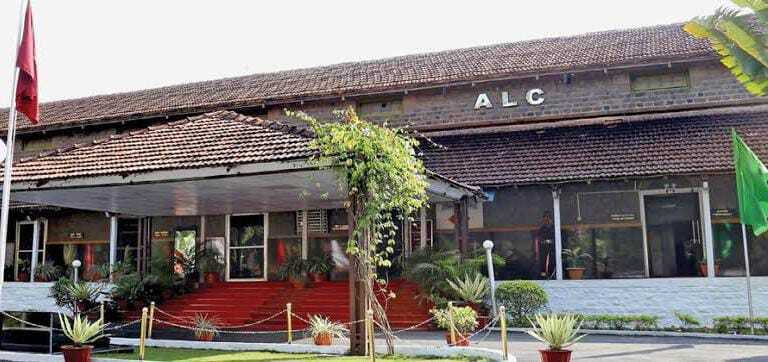
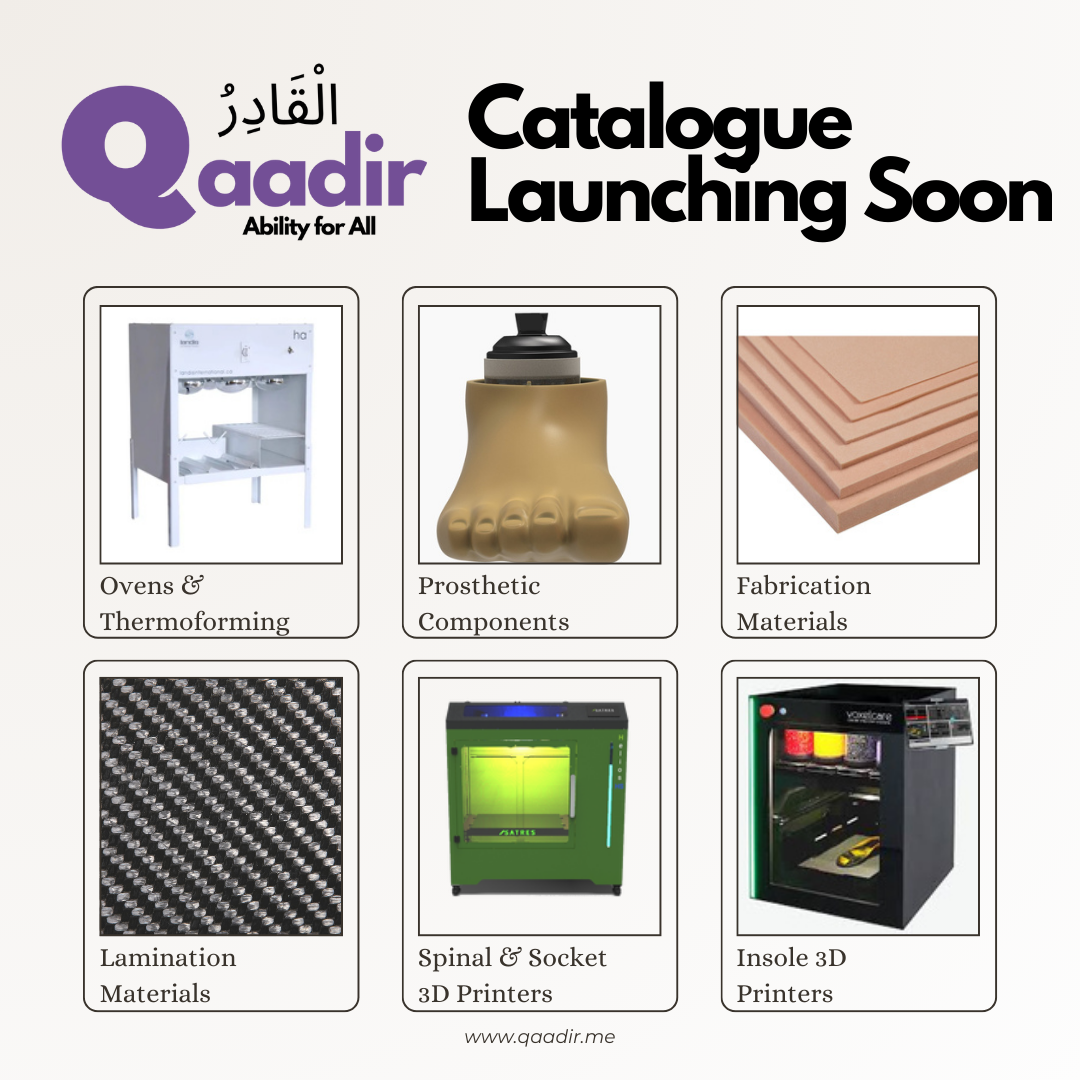
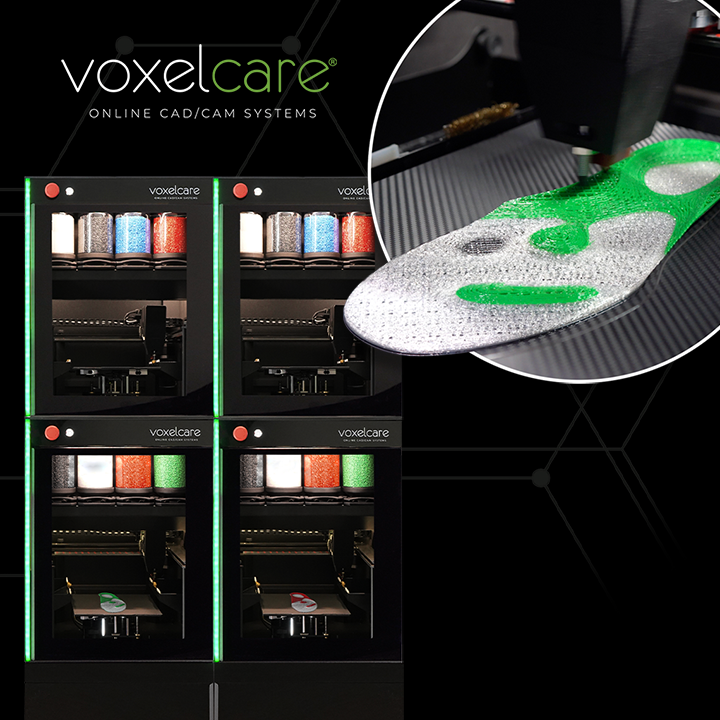

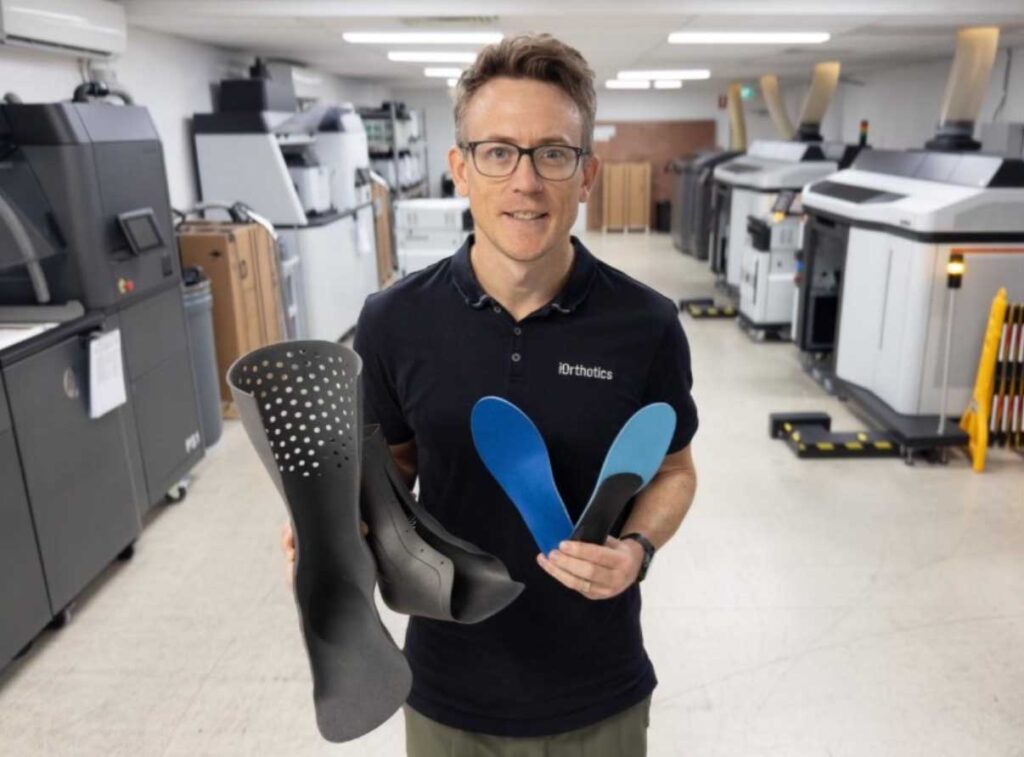
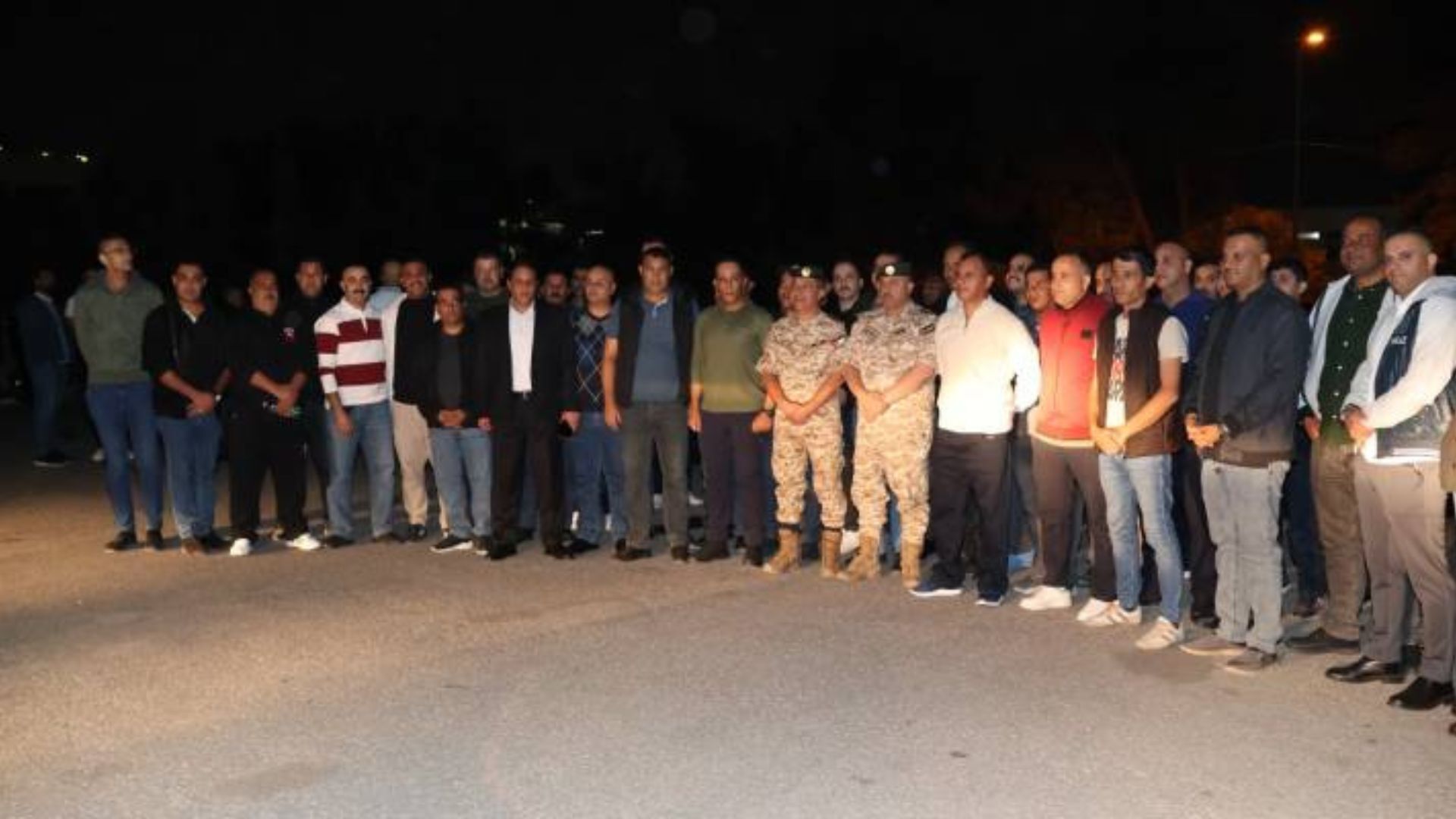
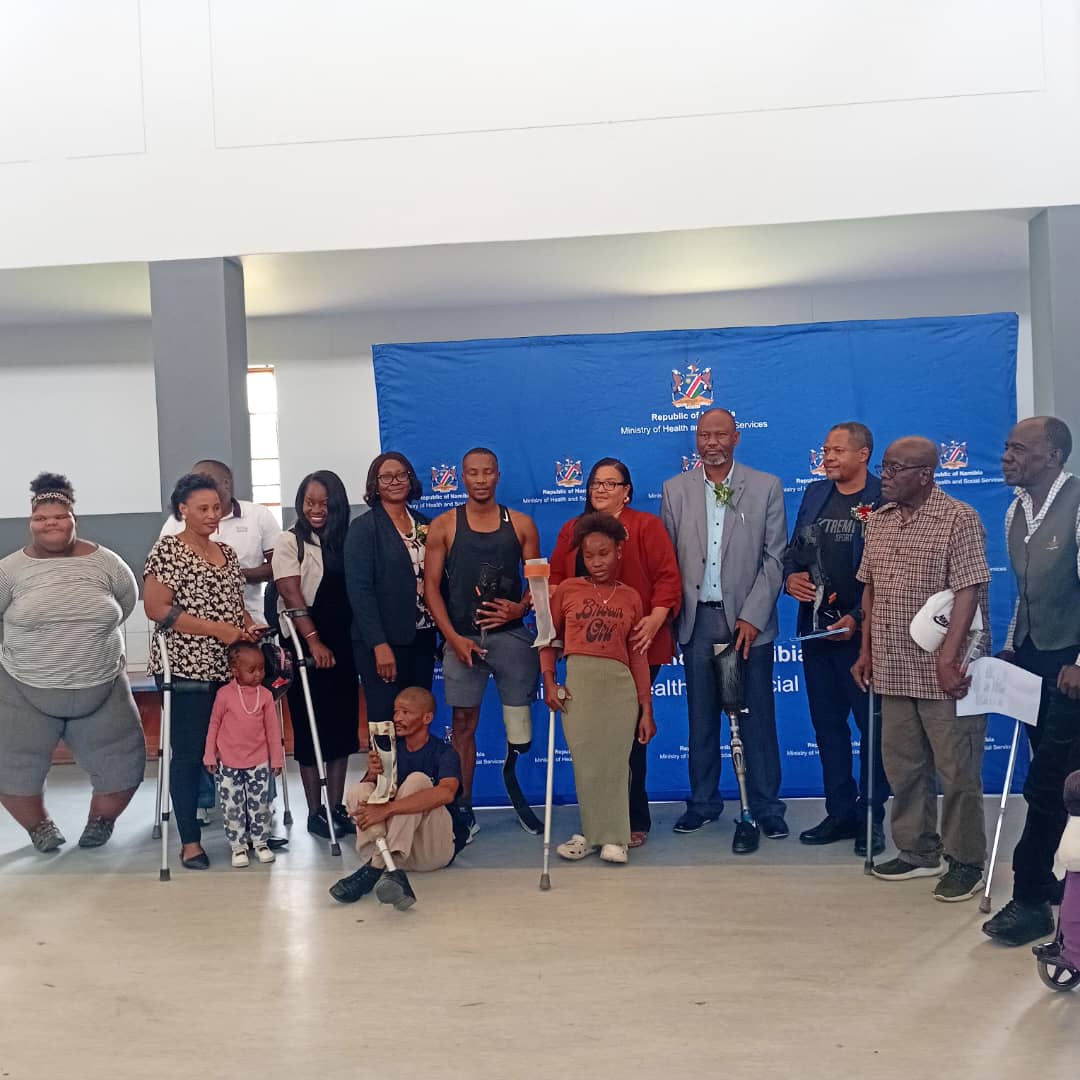
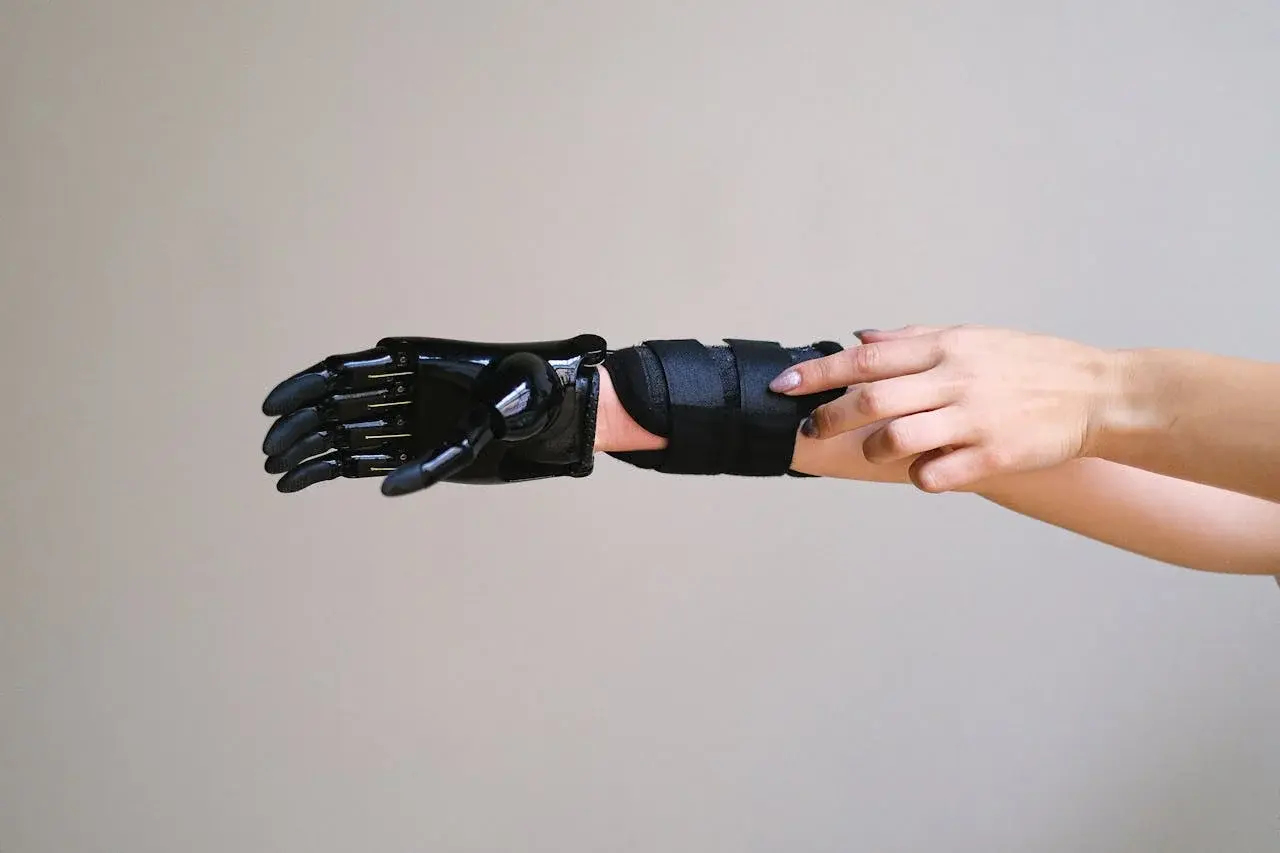
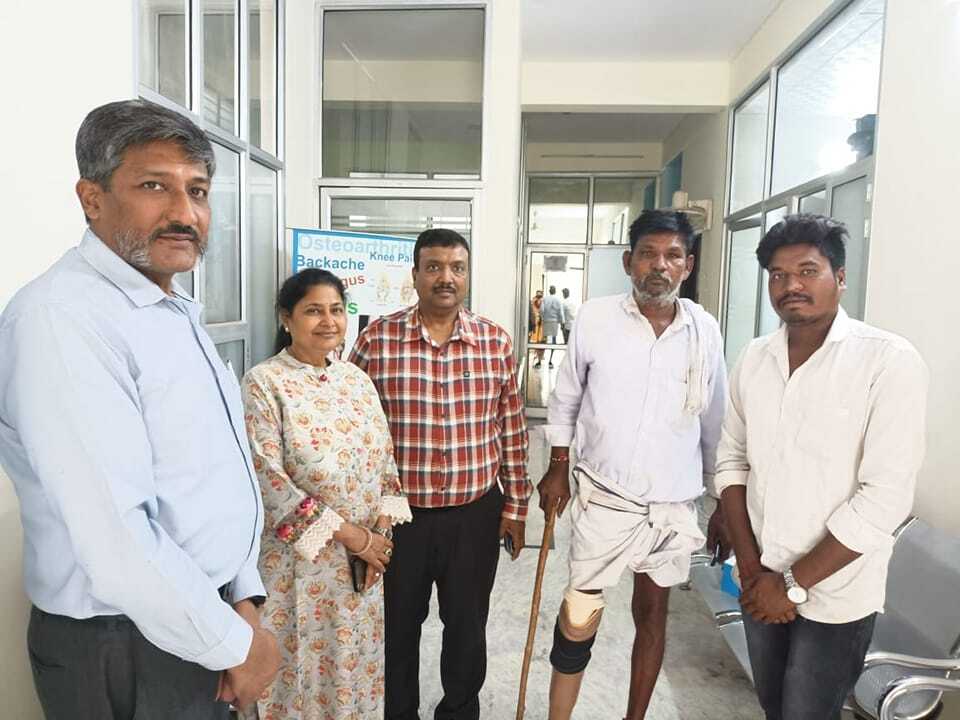
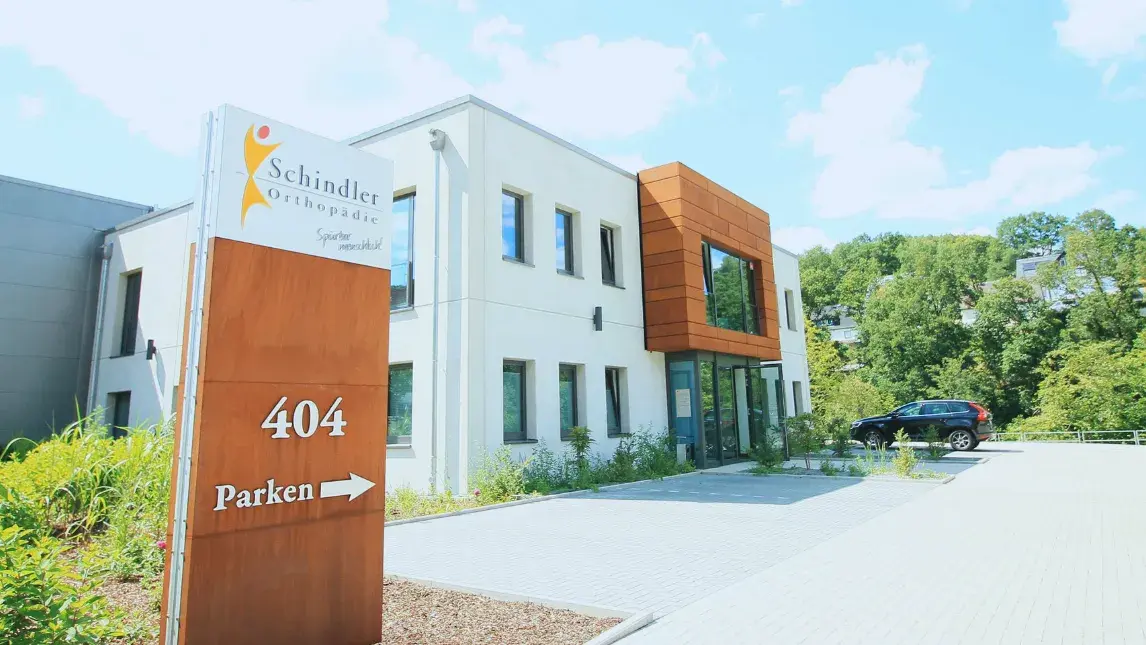

-1.png)
.jpeg)
